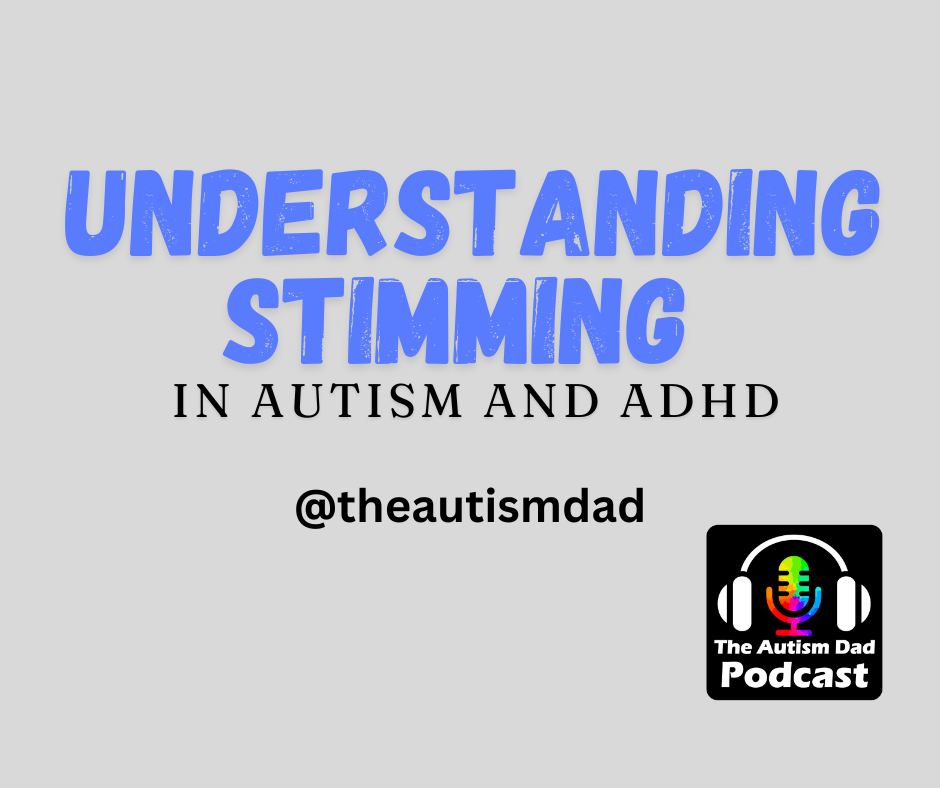Unlocking the Mystery of Stimming
Stimming, or self-stimulatory behavior, is a unique coping mechanism prevalent among individuals with ADHD and autism. It encompasses a range of repetitive actions such as hand-flapping, rocking, humming, or tapping. These behaviors serve as a form of self-regulation for managing sensory experiences and emotions in a world that can often feel overwhelming.

The Many Faces of Stimming
Stimming serves multiple purposes, including sensory regulation, emotional release, and enhancing focus and concentration. By engaging in repetitive movements or sounds, individuals can create a predictable and less stressful environment, express and release pent-up emotions, and stay on task amidst distractions.
Embracing the Diversity of Stimming
While most stimming behaviors are harmless and beneficial, it’s essential to recognize when they become disruptive or self-injurious. Seeking guidance from healthcare professionals can help identify alternative strategies for self-regulation. Understanding and accepting stimming is key to creating supportive environments for neurodiverse individuals.
Shifting Perspectives on Stimming
By acknowledging stimming as a natural and necessary behavior, we can promote empathy, reduce stigma, and educate others on the diverse ways individuals cope with their sensory and emotional experiences. Sharing experiences and insights can foster greater acceptance and support for all neurodiverse individuals.
In conclusion, stimming is not just a behavior; it’s a lifeline for many individuals with ADHD and autism. It’s time we embrace and celebrate the unique ways in which people navigate the world around them.

